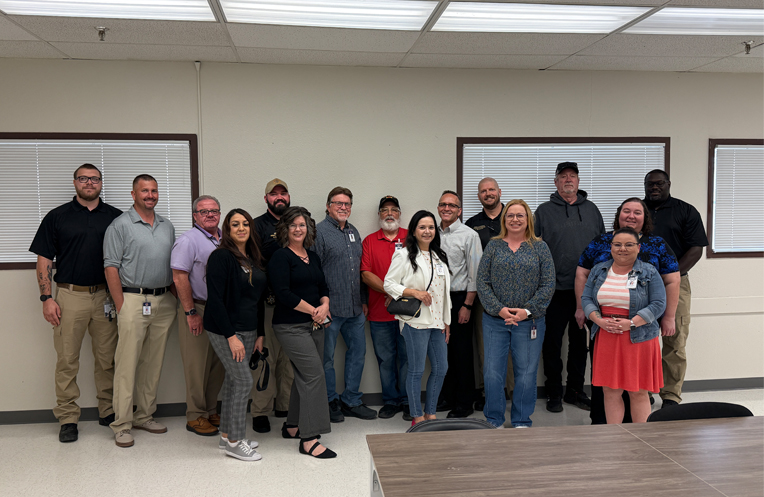The Juvenile Probation Office (JPO) of Nye County has officially relocated to a new home inside the Pathways/Adult Education building, located at 2765 S. Mt. Charleston Dr.—a space that had been sitting largely unused at the far end of the facility. This strategic move, made possible through a partnership between the Nye County School District and the county’s juvenile justice system, marks a major step forward in improving services, safety, and opportunities for youth in the community.
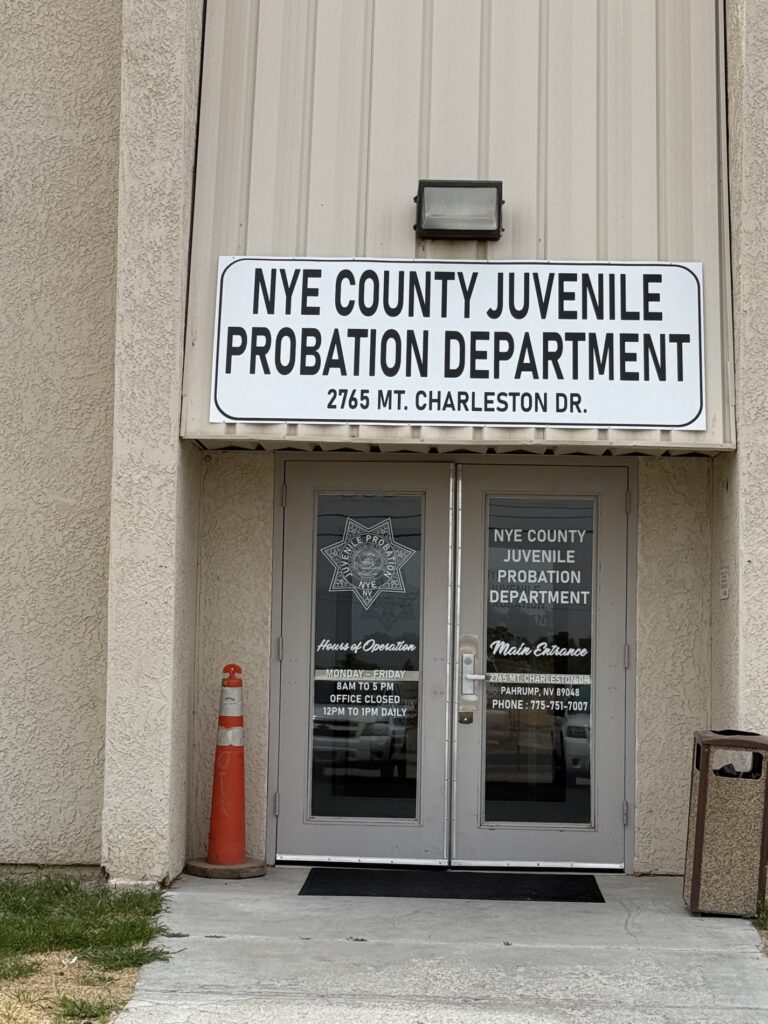
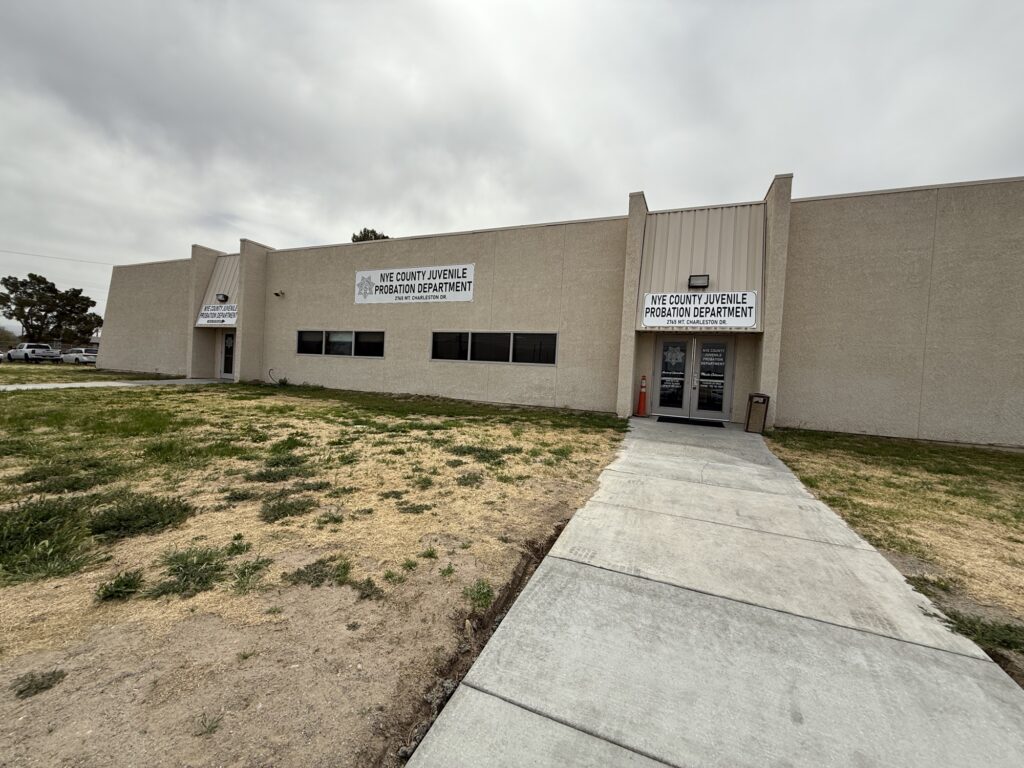
To mark the opening of the new location, members of the Nye County School District Office—including Superintendent Dr. Joe Gent, Assistant Superintendents Laura Weir and Genoveva Lopez-Angelo—as well as School Board Members Robert White, Dave Harris, and Larry Small—toured the newly renovated space on Friday, March 28. The walkthrough offered a firsthand look at how the once-vacant end of the building has been transformed into a functional, welcoming hub for juvenile services. Other school district personnel joined the visit and expressed enthusiasm about the collaboration and how it supports both student well-being and district goals.
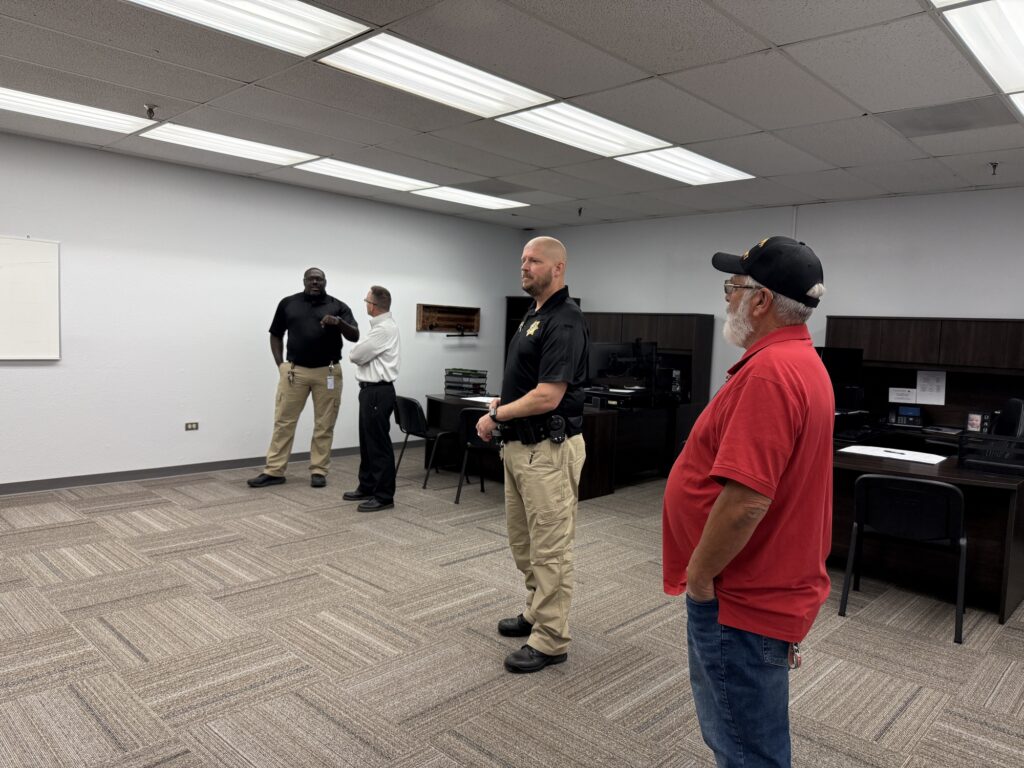

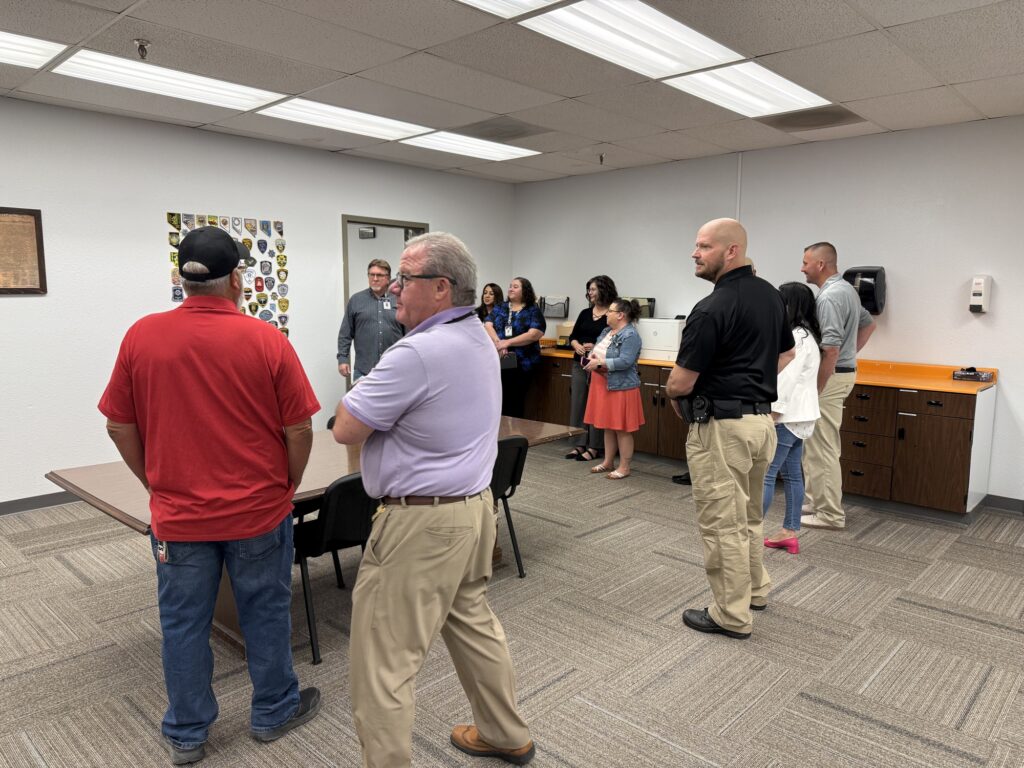
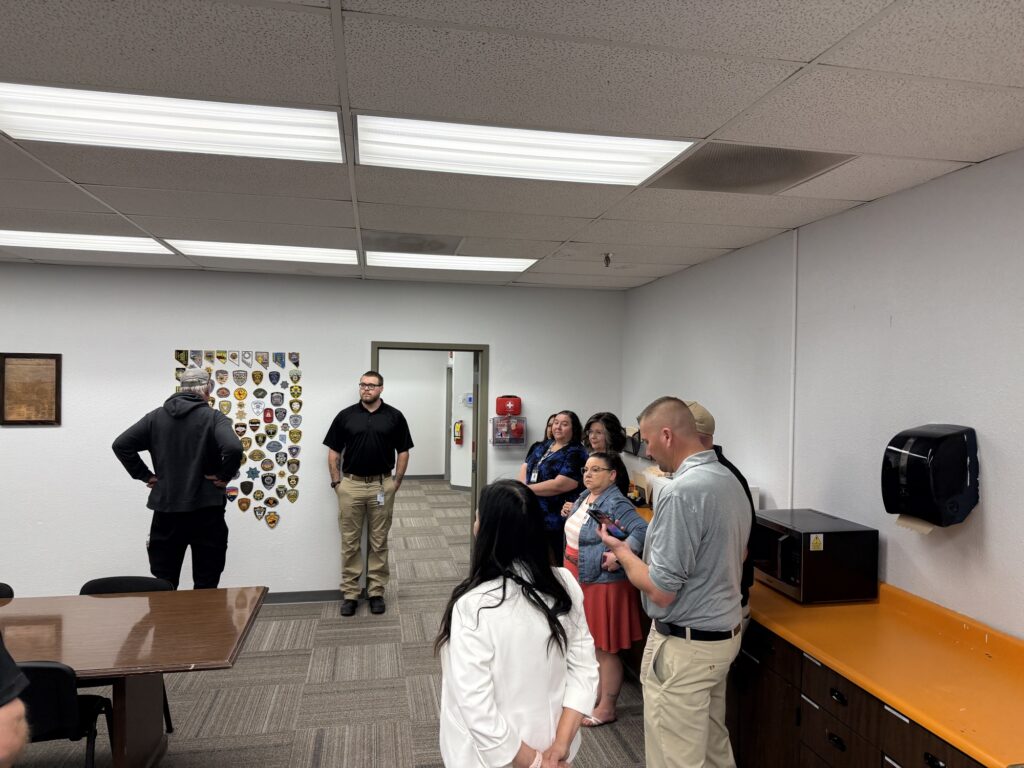
Chief Juvenile Probation Officer Adam McCauley explained that the transition had been in the works for quite some time, stemming from a growing need for more functional space and a desire to be closer to the schools the office serves. “We’ve been looking for a building for a while,” McCauley said. “The county didn’t really have anywhere for us to go. We were considering different options, and then this came about with the school district—which turned out to be perfect.”
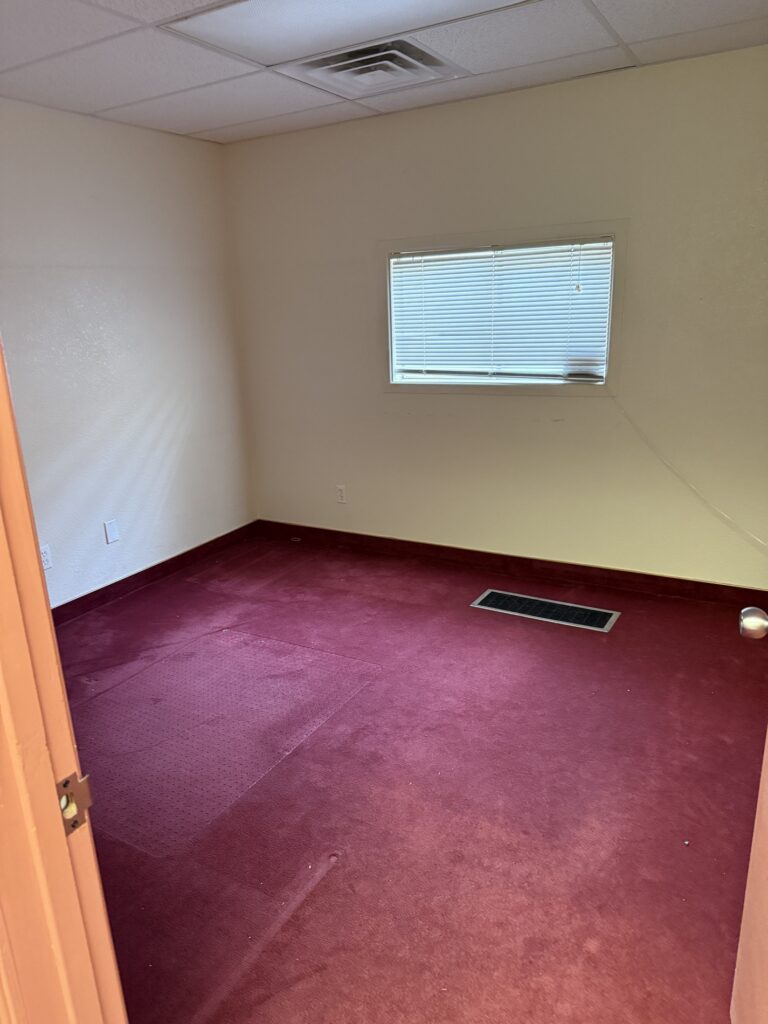
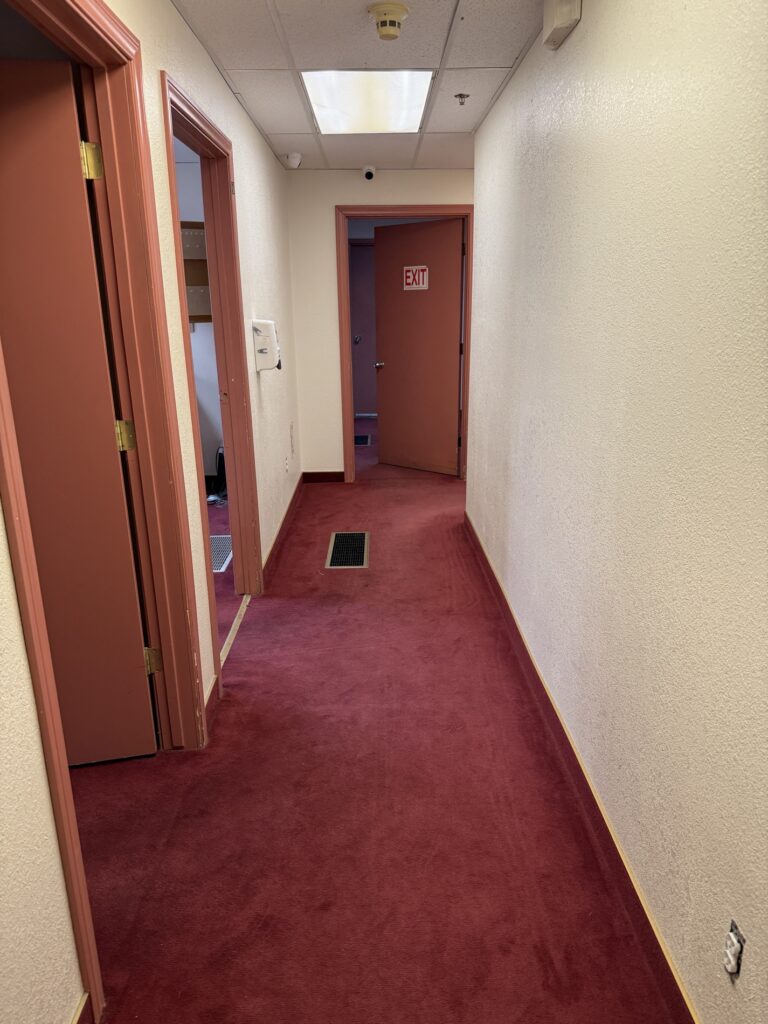
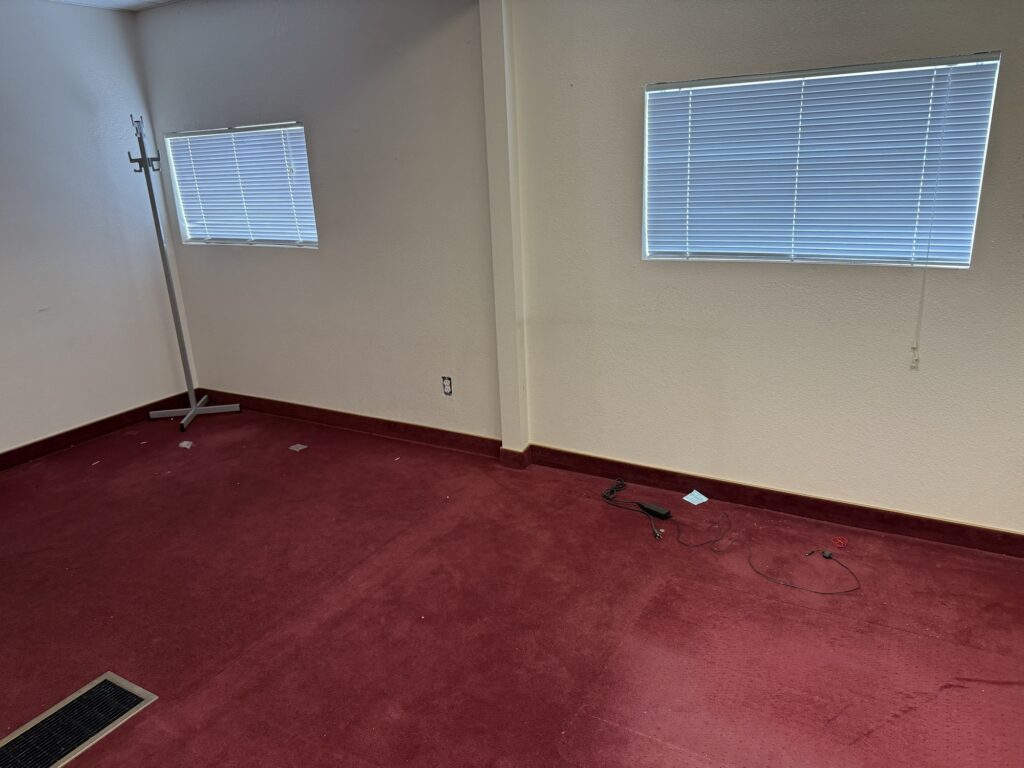
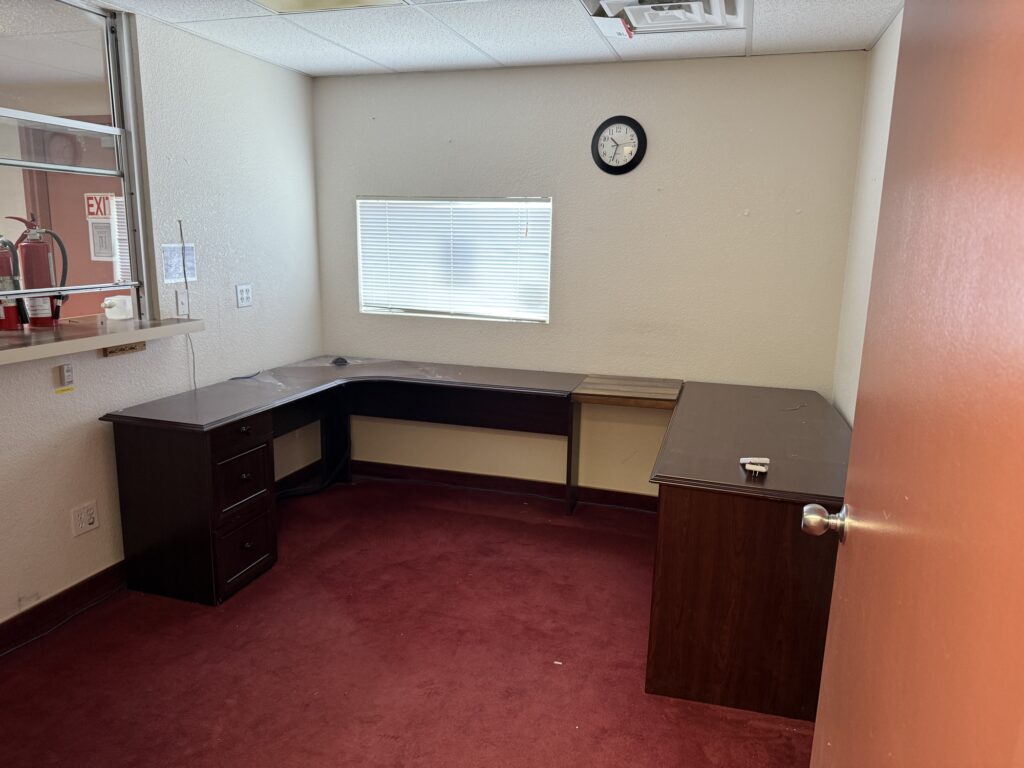
The new office space provides significant upgrades from their previous location, which McCauley described as limited and restrictive. “We had small offices over there, so we didn’t really have a chance to start the kind of programming we wanted to offer for Nye County kids,” he said. “This gives us more room to grow, to do programming, to really start making a bigger impact.”
One of the most important aspects of the move is location. The Pathways building sits on the corner of Mt. Charleston Drive and Calvada Boulevard, directly adjacent to Pahrump Valley High School—where McCauley and his team spend a significant amount of time. “We’re at the high school a lot, and being right next to it means we can respond quickly if something happens,” McCauley said. “We’re not 10 or 15 minutes away anymore—we’re right here.”
Although Rosemary Clarke Middle School is not within walking distance of the new facility, McCauley noted that having a centralized office still improves overall efficiency. “We still go out to the middle school frequently,” he said. “But now, being this close to one of our primary campuses gives us a strong home base and faster access to where we’re needed most.”
While some might assume the presence of probation officers on a school campus would cause concern, McCauley said the exact opposite has been true. “We’ve been here about a month now, and as far as I know, everybody is welcoming us here. They see us as a resource, not a threat,” he said. “We’re here to help, to be a deterrent, and to build relationships. It’s not about law enforcement in a punitive sense.”
That sentiment was echoed by Superintendent Dr. Gent, who said the idea to bring JPO into the building was both practical and safety-focused. “It bothered us that we had this end of the building sitting empty,” Dr. Gent explained. “It’s not healthy for a facility to be kind of mothballed like that. And we knew JPO was looking for space, so we reached out.”
Before moving forward, the school district conducted an informal survey among staff members working on the Pathways and PVHS campuses. The response was overwhelmingly positive. “Everybody loved the idea of having law enforcement presence on campus,” Gent said. “In today’s day and age, it makes us a harder target for school shootings or any kind of school violence. It gives us an added layer of safety.”
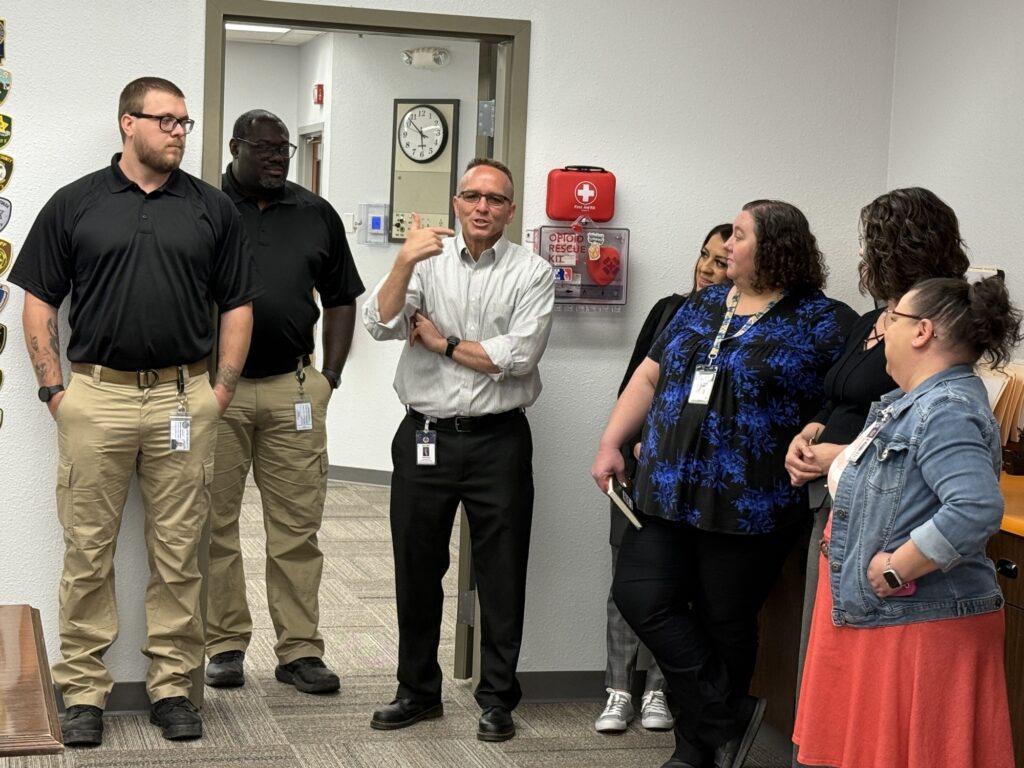
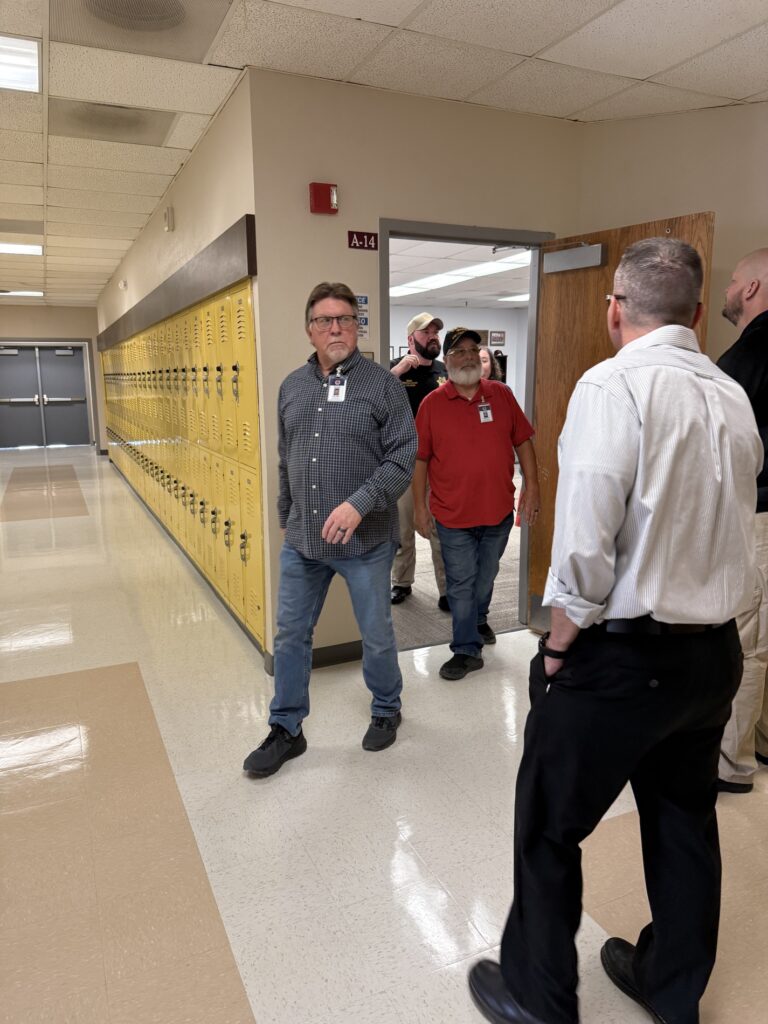
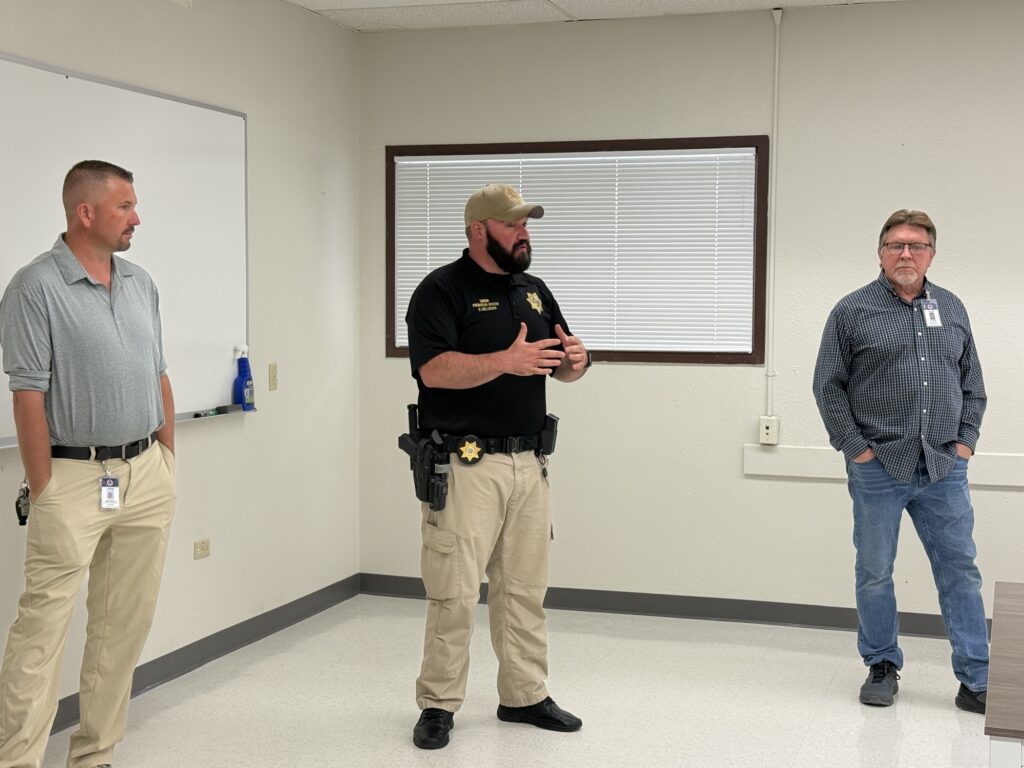
In addition to the safety benefit, Gent emphasized the operational and financial advantages of the arrangement. “Now what used to be empty space is rented space,” he said. “It’s a win-win. There’s financial benefit to the district, a safety benefit, and it improves the efficiency of how we work with JPO. We have a built-in avenue now for a closer relationship with our juvenile probation officers.”
McCauley’s team now occupies six offices within the Pathways building, along with access to a large conference room that was formerly a school lab. That space will be used for future programming, community outreach, and other initiatives aimed at supporting local youth. “That’s really where our expansion is going to be,” McCauley said. “Programming. We’ve never had the space to do that before, and now we do. We already have conference tables in there, and there’s plenty of room.”
Importantly, the building is not a walk-in office for the general public. “This is our main office now, so if we have a kid in custody, the family would come here to pick them up,” McCauley said. “But it’s not a place where just anyone off the street would need to come. And honestly, since we’ve moved in, we haven’t had anyone mistakenly show up like they did at our old location near the sheriff’s office.”
Concerns about having non-school personnel on campus have also been minimal. “I don’t believe it’s going to be an issue,” McCauley said confidently. “The people who come here know why they’re coming. We’re not seeing any random foot traffic, and the move-in has been smooth.”
Dr. Gent shared that the positive feedback has only grown since JPO physically moved in. “We thought we’d maybe get some pushback—like, ‘Are you going to have people with guns on campus?’ But it’s been just the opposite,” he said. “People like seeing the police cars out front. They see the signage. They know who’s here. It creates a sense of security. We’ve only heard good things.”
The collaboration also sets the stage for stronger long-term relationships between the school district and the juvenile justice system, with both sides expressing optimism for future partnerships, including youth programming, intervention efforts, and proactive outreach.
Ultimately, what started as a search for office space has turned into something much bigger—a model for how two public institutions can work together for the good of the community’s youth.
As McCauley put it, “It’s not just about having an office. It’s about making a difference for the kids in our county. And now, we’re in a place where we can finally start doing that.”


